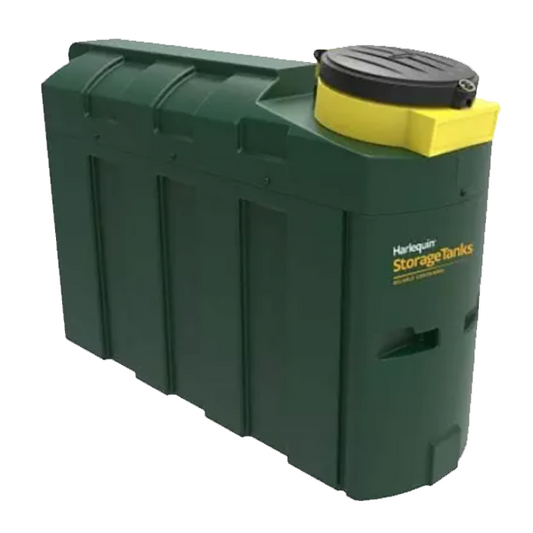Frequently Asked Questions
What do waste oil tanks do?
Waste oil tanks are utilised in many businesses that deal with used oil regularly. They're handy for gathering up oil and then getting it to a disposal place when it's ready.
Waste oil tanks are a much more cost-effective option than regularly picking up small amounts of waste oil. Our plastic waste oil tanks vary in cost - starting at just under £1,000 for 350 litres to over £2,000 for 2,500 litres.
What’s the difference between a single skin waste oil tank and a bunded waste oil tank?
A single skin tank doesn't have an extra layer to catch the oil if it leaks, so if there's a spill, the oil goes straight into the environment.
A bunded tank is double layered and has both an inner and outer skin. So, if the inside tank lets some oil out, the outer layer (bund) is there to catch it, preventing it from causing any harm to the environment for extra protection.
Single skin waste oil tanks are often cheaper than bunded waste oil tanks but ultimately, a qualified engineer will need to make a decision on whether a bunded tank is needed.
How long do Harlequin oil tanks last?
With good maintenance and care, Harlequin oil tanks can last many years before they need to be replaced. It’s generally the case that steel oil tanks last longer than plastic oil tanks but the timeframe can be anywhere between 10-20 years.
What material is best for waste oil tanks?
When it comes to oil storage tanks, you can pick between plastic or steel. Both have pros and cons, so it really depends on what you're looking for.
On one hand, steel tanks are popular because they're tough, last a long time, and offer extra security. But, plastic tanks are equally as durable, come at a cheaper cost, and are ideal if you only need a temporary waste oil tank.
To find out more about waste oil tanks, we’re more than happy to help if you contact Cotterill Civils.











